How the pandemic boosted virtual meeting platforms

The pandemic caused a lot of people to stay at home including students taking online classes and workers who were forced to adopt telecommuting and remote work policies. This led to a tremendous increase in the use of virtual meeting platforms and teleconferencing tools.
Without a proper channel for internal communication, any venture could quickly suffer. This is why, last year, when most businesses were either asked to close down or adopt work from home policies, many organizations and establishments had to use teleconferencing tools.
While the coronavirus pandemic brought the entire world to its knees, and while technology is not a panacea, it certainly proved itself to be a boon in time of crisis. Hence telecommuters all over the world saw an increase in the use of such tools.
According to a recent study by Get VOIP, the global remote workforce has increased by 140% since 2005, and 55% of companies today allow remote work. Furthermore, 43% of remote and in-house teams use on a regular basis a video conferencing solution, with 78% of corporate ventures using video calling software in their normal operations.
Moreover, 83% of businesses with over 250 employees are likely to purchase video calling tools, and 86% of companies conduct employee interviews over a video call. Companies would be saving $11,000 annually per employee by using video conferencing software.
How the Pandemic Boosted Virtual Meeting Platform
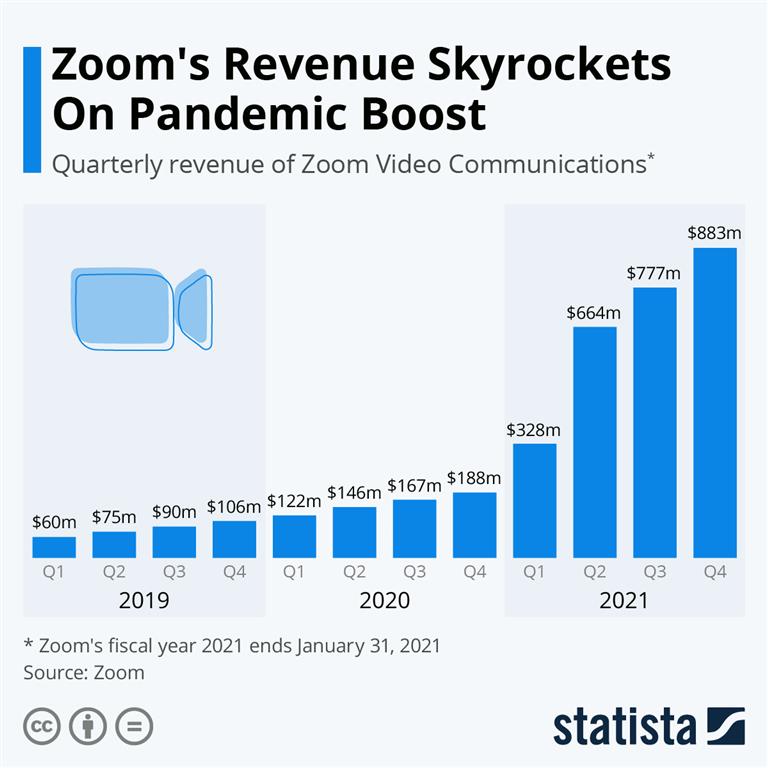
There is no doubt once the WHO labeled COVID-19 as a global health emergency, all previous reasons to refrein adopting remote working were set to lose. With the majority of countries enforcing lockdowns throughout the globe to prevent the spread of the deadly virus, enterprises urged their staff to work from home. Business establishments were left with no option but to either close down or adopt a remote working model to carry on their operations.
In the wake of such an unprecedented crisis, teleconferencing and virtual meeting software became wide popular and common use tools. They allowed a viable solution to connect with remote workers, employees, and customers but at the same time ensured the physical distancing was carried out and direct contact was avoided. From a global perspective, the video conferencing industry is segmented based on its end-user, government, and commercial sector.
Plus, with travel restrictions being carried out by many countries' government, video conferencing for most organizations was the only viable method to reach out to their overseas customers and clients.
Boosted both by the mandatory social distancing and the new work conditions, most teleconferencing companies seized the opportunity to reached new users by lifting their previous restrictions, amending their private conditions and implementing new functionalities. In February 2020, Zoom Video Communications Inc. announced lifting the 40-minute limit on video calls for its free version. In a few weeks, Google implemented the multiple “tile” option that allows to see a large number of videos on the same screen, previously a feature mostly available with Zoom.
Other key players in the market included the likes of 8x8 Inc., Cisco Systems Inc., Google LLC, Lifesize Inc., LogMeln Inc., Microsoft Corp., RingCentral Inc., StarLeaf Ltd., and Zoho Corp. Pvt. Ltd., to name a few.
Benefits of Virtual Meeting Platforms

Some of the most prominent benefits of virtual meeting platforms include:
- Ease of use requiring little technical know-how.
- Connecting teams, employees, staff, workers that are remotely located and ensuring social distancing measures at the same time for COVID-19 reasons.
- Arrange meetings that are flexible to guarantee higher attendance and lower absenteeism.
- Many software and tools available are supporting the freemium (free basic functionnalities) business model.
- Paid versions are still quite affordable, offering a range of additional features for bigger organizations.
The Different Tools Utilized These Days
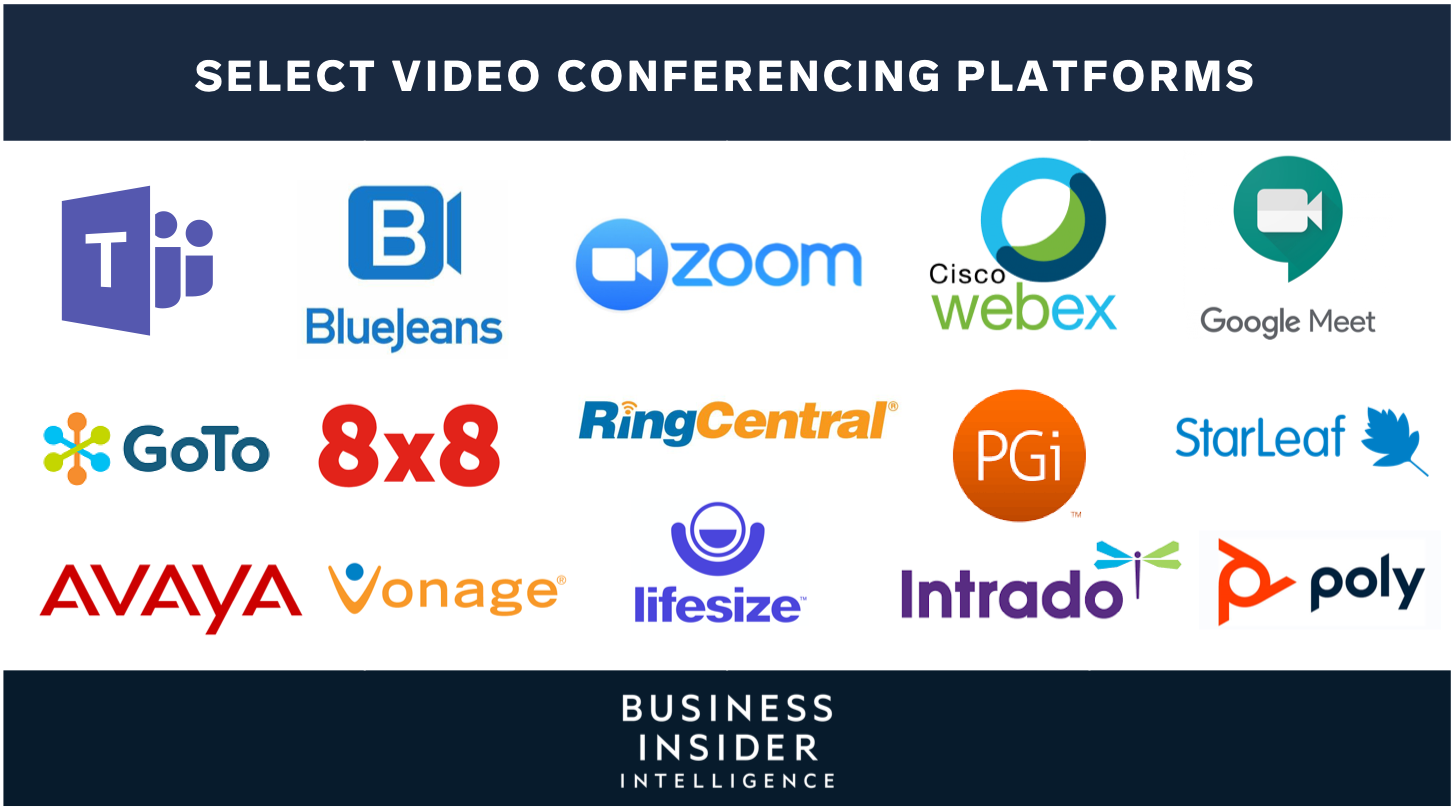
With a variety of emerging teleconferencing tools and their usage becoming quickly popular amongst the population, some apps filled the void for professional settings while others took a more social approach. Take for instance Microsoft Teams which was used during the pandemic quite efficiently by many organizations to conduct virtual meetings while Houseparty became a means for people to meet and socialize with each other online during COVID-19 lockdown.
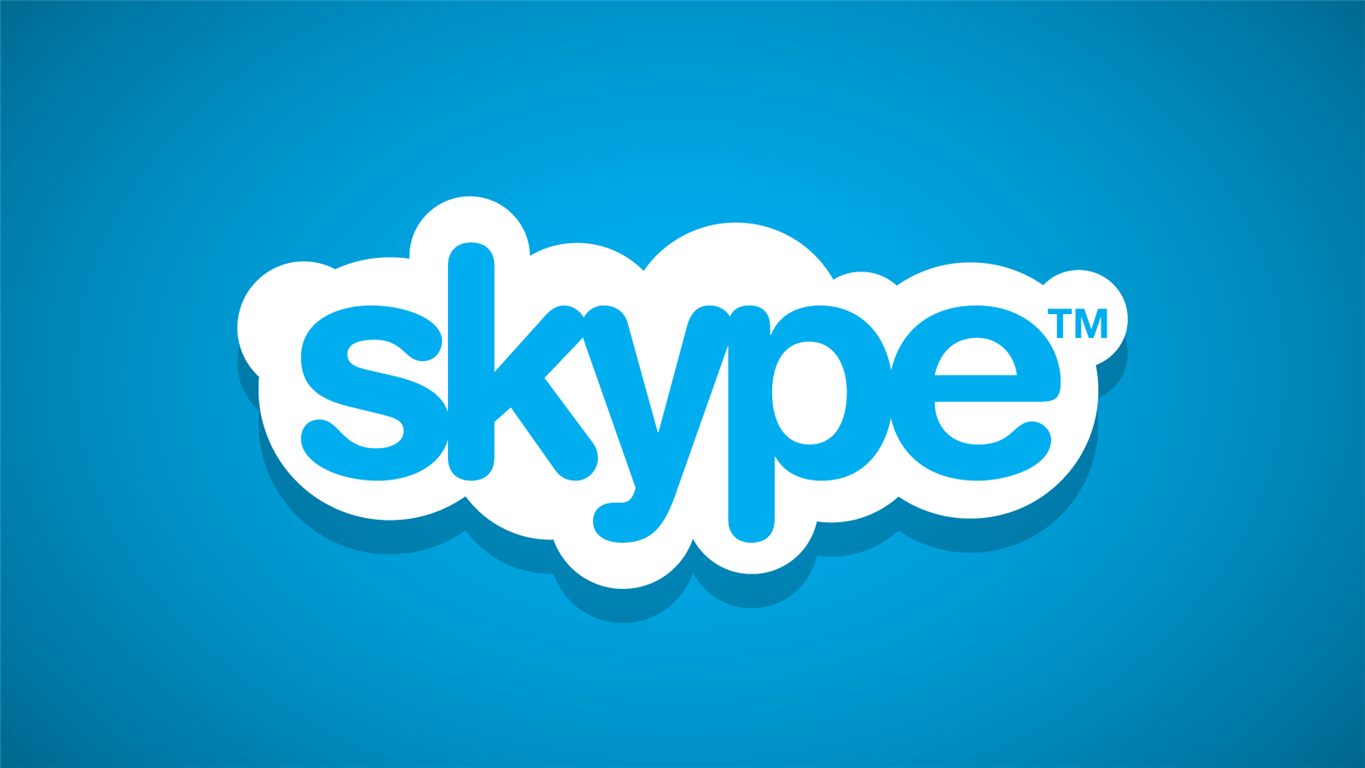
Skype
A proprietary telecommunications application that specializes in video chat and voice calls, by 2010, Skype boasted over 660 million worldwide users and 300 million monthly active users. In March 2020, Skype was used by 40 million people on a daily basis. This was a 70% increase due to the pandemic.
Skype allows users to communicate over the internet by voice and offers instant messaging features. Ever since the beginning, they have used a freemium business model. Microsoft bought Skype in May 2001 for $8.5 billion. By 2014, Skype already enjoyed a 40% share in the International Calling market and by 2018, it supported end-to-end encryption across all platforms.
However, one has to consider the fact that Skype, which was a pioneer in video calls as we saw above, lost its crown to Zoom. While wondering what went wrong with Skype, it is possible to point a few reasons, such as:
- Microsoft back in 2011 already owned VoIP telecommunications software such as Windows Live Messenger and its acquisition of Skype didn't feel that it did enough.
- Originally, Skype was not only cool, in fact it was pretty much a verb as a result of its popularity; however Microsoft failed to capture its spirit and were not able to capitalize on its reliable video calling feature.
- Skype went through a lot of updates including emojis and various features borrowed from Snapchat but its video calling feature was hardly ever touched upon.
In short for many users the application simply lost the ease of use it used to have previously. The troubles were so obvious that even Microsoft admitted them and launched Teams in 2017. Whether this turns out to be the next Blackberry story for Skype where it will add to the fallen icon list, we still have to find out, since Microsoft can still turn the situation around by focusing on users and their needs while staying relevant in current times. However, with most efforts focused on Teams, the odds are small.

Zoom
Zoom is American communications Technology Company founded on April 21st, 2011 and headquartered in San Jose, California. Within six years of its initial operations, Zoom delivered aggressive revenue growth due to its ease of use and reliability of its software, resulting in a $1 billion valuation in 2017.
During the COVID-19 pandemic, a major increase in the use of Zoom for both distance education and remote work was observed alongside social relations.
By 2020, Zoom became the 5th most downloaded mobile app worldwide with over 477 million downloads. Zoom offers a free plan and a video chatting service that allows up to 100 participants.
A 40-minute time restriction can be removed if the users decide to upgrade and subscribe to their paid plan. This enables up to 1,000 participants in a call with a 30-hour time restriction.
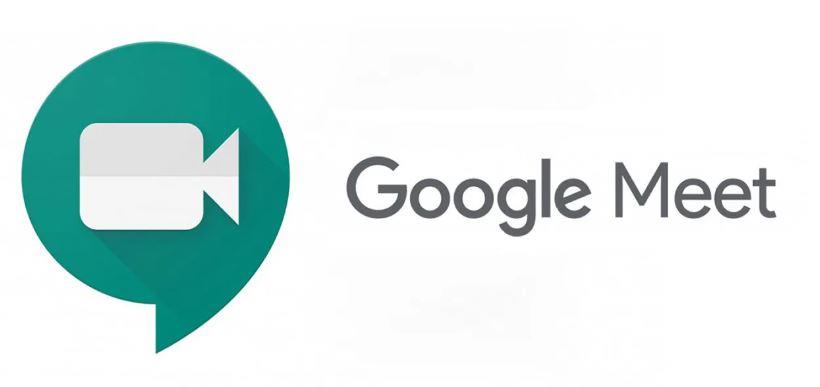
Google Meet
The video communication service developed by Google, Google Meet was formerly known as Hangouts Meet, and it is one of the two applications that constitute the replacement of Google Hangouts. The other application was Google Chat which is going to replace Hangouts completely by April this year. It was formally launched in March 2017 witha video conferencing feature for up to 30 participants.
Google Meet allows for up to 100 people to join a video meeting and these meetings can last up to 60 minutes for free. Since the 2020 COVID-19 pandemic the use of Google Meet grew by a factor of 30 where 100 million users accessed Meet every day rivaling the popularity of Zoom to an extent.
The limit goes further up to 150 for Google Workspace Business users and 250 for Google Workspace Enterprise users. In March 2020, Google temporarily extended advanced features for those using Google Workspace or G Suite for Education. Furthermore, additional facilitations due to COVID-19 were also introduced, including Free Meet calls.

Houseparty
Houseparty is a social networking service that enables group video chatting through mobile and desktop applications, Houseparty was launched by Life on Air Inc. in 2016. The application is available for Android, iOS, and macOS operating systems.
Houseparty is a "face-to-face social network" that allows for up to eight participants to interact within a single session. Users can also receive notifications when their friends are online or available for a group video chat.
In 2020 to keep people entertained during the COVID-19 pandemic, Houseparty partnered with Mattel to add Magic 8-Ball and the Uno card game in an effort to keep people busy within homes in lockdown.
At present, the app contains various popular games such as Chips & Guac, Quick Draw, and Trivia games that users can play with friends in a video chat. During the pandemic, the application was download more than 17 million times and won the 2020 Webby Award for "Breakout of the Year".

Clubhouse
An invitation-only audio-chat iPhone application, Clubhouse, was launched in April 2020 by Paul Davison and Rohan Seth of Alpha Exploration Co. It was designed to facilitate auditory communication groups of a few individuals up to over 5,000 people.
However, by May 2020, the social networking app was valued nearly at $100 million, and by January 2021, it reached $1 billion. During the early months of the COVID-19 pandemic, the app had over 600,000 registered users and garnered a $12 million investment from venture firm Andreessen Horowitz.
Why Are Some Tools Favored Over Others?
There can be several reasons as to why some teleconferencing tools are favored over others, such as:
- User privacy and handling of personal data.
- A unique blend of features that suit organizational needs and requirements.
- Ease of use and not necessitating much technical know-how to run software adequately.
- Additional features that target niche audiences and particular benefits that appeal to the user segment.
Most Wanted Features
Without question, people always appreciate software that provides them with additional features to facilitate their needs while focusing on the user experience. In addition, with professionals using teleconferencing tools more commonly than before, some sought out features have emerged:
- Unlimited call times, no limiters on how long you want the call to last.
- Ability to add an important number of participants to a single call session for larger organizations.
- Caller ID, blocking caller ID and reporting concerns and issues to authorities for corrective measures.
- Safeguarding personal and private information shared through the software or mentioned during a call and end-to-end encryption on all platforms.
- Additional features to share documents, files, videos, links, and other resources through chat and during a video call.
Future of Telecommuting Platforms
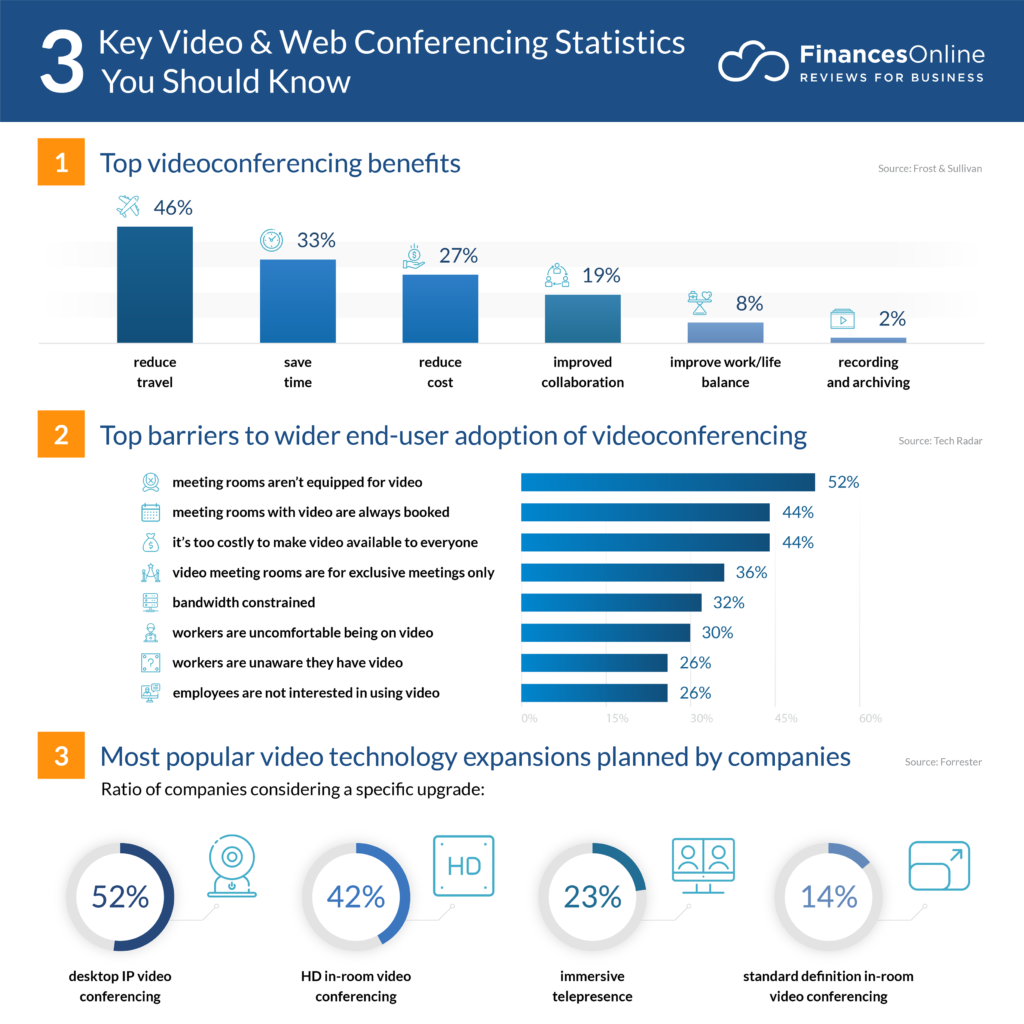
As times are changing so are people preferences. Both Clubhouse and Houseparty are incredible innovations in the teleconferencing industry where people are finally beginning to realize what these tools can do for people across the globe.
People nowadays are not only considering teleconferencing tools either only for their office or private settings. In fact they are more interested in tools that can deliver specialized services to fulfill their requirements in different circles of life. Here we also have the example of Skype, Zoom, and Microsoft Teams that are considerably great option for a formal setting. At the same time Houseparty and ClubHouse offer a wee bit of additional indulgences that makes it good for a more social setting.
Tech Leaders are interested in the development of machine learning programs that can transcribe audio, count video attendees and provide insights into the engagement level of attendees.
Some other notable trends (with some features highly criticised) include:
- A built-in alarm for those whose body language shows they are drowsy or motion sensors detect droopy eyes.
- Ability to zoom in and zoom out of video content that is being shared and records video calls while adding additional notes to particular points in time.
- Further development of video-enabled devices, peripherals, displays, etc.
- Adding more features to the acoustics and quality of the video during meetings.
- Capabilities of making a video call or joining a meeting virtually anywhere, time, and space while not restricted to limited devices.
Conclusion
It is quite easy to comprehend why there was an incredible surge in the use of virtual meeting platforms during the pandemic. Business ventures and major establishments have a lot at stake, meaning even a day's loss in operations can cost them hefty charges and expenses. Therefore, teleconferencing tools served the purpose to find some sort of means to continue business operations while enabling employees to adopt work from home culture.
However, the future has always been uncertain, and there is no doubt that this pandemic has definitely taught incredible lessons to the whole world. Let's keep our fingers crossed, for now, hope for the best, and quietly observe where technology can lead us in the coming years!
About the author
Stella Lincoln currently works as the Assistant Editor at Assignment Assistance and Master Thesis. This is where higher education students can acquire personal statement writing service from experts and maestros. During her free time, she likes to read and surf the internet regarding all the latest development happening in the world of tech.